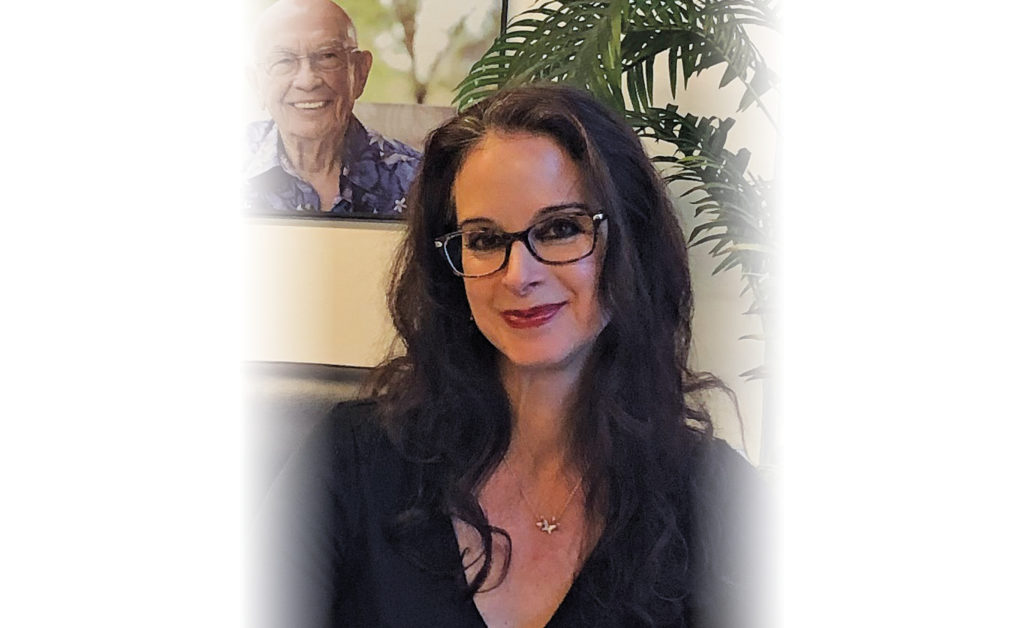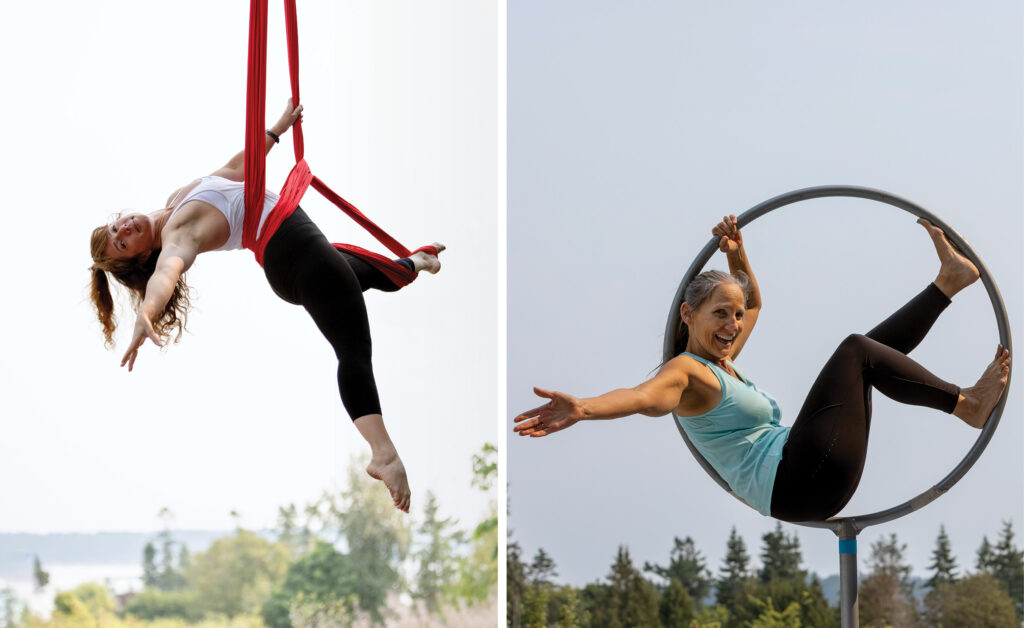by Sherrin Griffin VP, Operations, Sidney SeniorCare –
I woke up one morning sure that George Burns stole my body. I went from a strong, limber and flexible woman to one fraught with chronic stiffness, aching joints and the posture of Quasimodo.
At first, I thought my body pain was likely due to accumulative arthritis from the bone fractures and stress inflicted by a demanding gymnastics career during my youth, but quickly realized that I am not the only 50-something who suspects an invasion of the body snatchers. Many of my peers are also experiencing the betrayal of their once-vigorous limbs. And then there’s that annoying “Well, ya know you are getting older; you’ve gotta expect some aches and pains.” Never one to accept defeat or blatant ageism, I resolved to dig deeper into whether arthritis and joint pain really were part of the natural process of aging.
To put it quite simply, arthritis is an inflammation of the joints, with one in five Canadians afflicted, including nearly 50% of seniors over the age of 65. While arthritis can affect people of all ages, the probability does increase with age.
I discovered that as we age, cartilage very gradually becomes thinner and the lubricating fluid inside our joints decreases, resulting in less flexibility. Cartilage may even begin to rub together and wear away. Daily wear and tear over the years leads to fluid loss in the joints, causing the cartilage to harden and making the surrounding joint more difficult to move. Cartilage loss can also be caused from a blunt trauma to the joint. In my case, as a young gymnast, I fell hard on my arm, breaking it and dislocating my shoulder, causing major injury to my shoulder joint. Minerals may also deposit in and around the joints resulting in calcification, especially common in the shoulder, which I found very interesting.
My deep dive into arthritic conditions revealed that there are not only many different types of arthritis (apparently more than 100!), but many potential causes, with the following being the most common:
Osteoarthritis – also called degenerative arthritis – is the most common, where the cartilage breaks down in your joints, leading to inflammation and eventually causing your bones to rub together. Age and family history are risk factors. Symptoms include morning stiffness, joint pain and coordination challenges. Diagnostic tools include X-rays or other imaging tests, and/or fluid sampling from inside the affected joint.
Rheumatoid Arthritis is an autoimmune condition where the body attacks healthy joint tissue. Nearly three times as many women have this compared to men. Symptoms include morning stiffness and joint pain (typically the same joint on both sides of the body), sleep difficulties, numbness, burning and tingling in hands and/or feet. Diagnostic tools include testing for rheumatoid factor, blood count, C-reactive protein levels and anti-CCP, among others, to determine whether it is an autoimmune reaction.
Gout is a very painful form of arthritis caused by an accumulation of urate crystals inside your joints typically caused by high blood levels of uric acid. Pain, redness and swelling commonly affect toes, feet, ankles and/or knees. Risk factors include age, diet, alcohol use and family history.
Infectious Arthritis is a joint infection that can be caused by bacteria, viruses, parasites or fungi. It can start in any part of your body and then spread to your joints, often accompanied by fever and chills. Diagnostic tools include blood, urine and joint fluid testing.
Psoriatic Arthritis. Up to 30% of those afflicted with psoriasis will also have psoriatic arthritis. The fingers are most commonly affected, but other joints can be affected as well. Fingers will appear overly pink and sausage-like, with possible pitting and deterioration of fingernails, potentially leading to spinal issues if not treated promptly.
Fibromyalgia is a condition in which your brain processes pain abnormally and amplifies your perception of pain. The cause is not known, and age appears to be a factor as most people are diagnosed at middle age, with a preponderance for women and those affected with lupus or rheumatoid arthritis.
It turns out that arthritis is a little more complicated than I originally thought, but figuring out what type of arthritis I had, in conjunction with my healthcare team, was certainly helpful in determining next steps as I enter my senior years. Next month, I’ll explore treatment options and natural remedies to alleviate pain, lessen inflammation and keep those body snatchers at bay.




